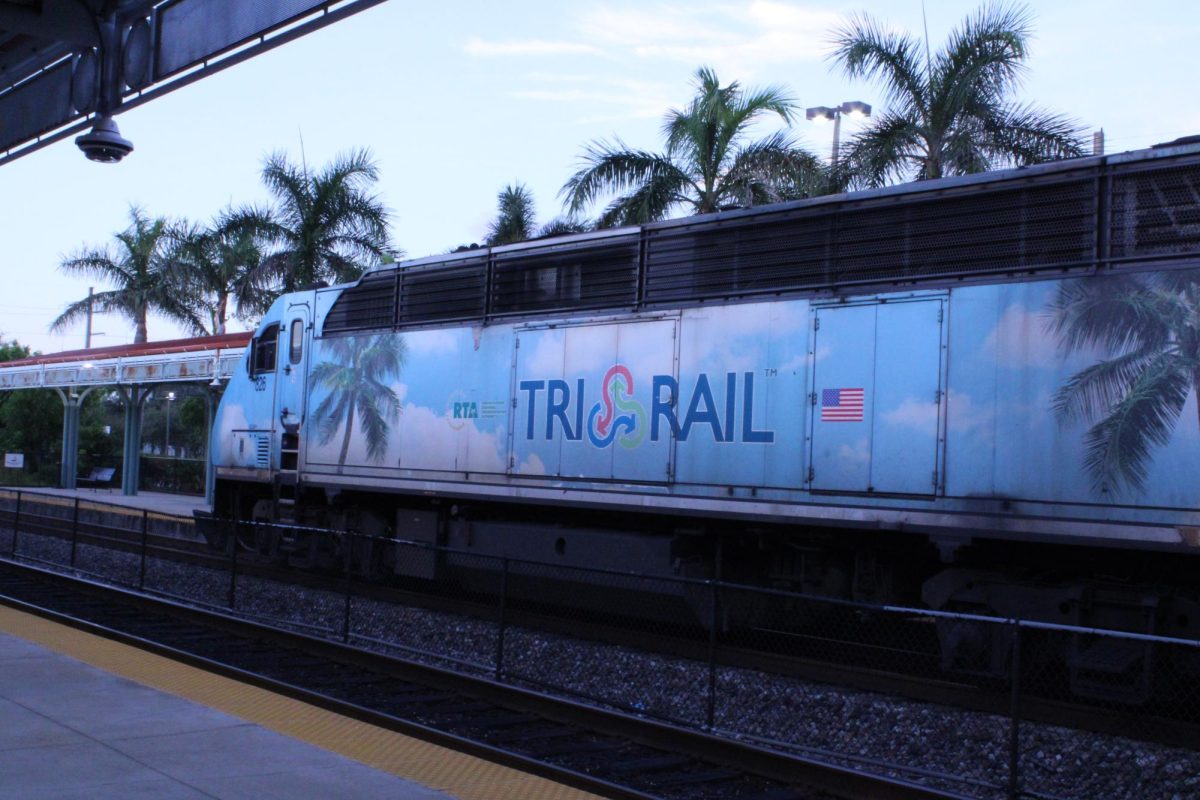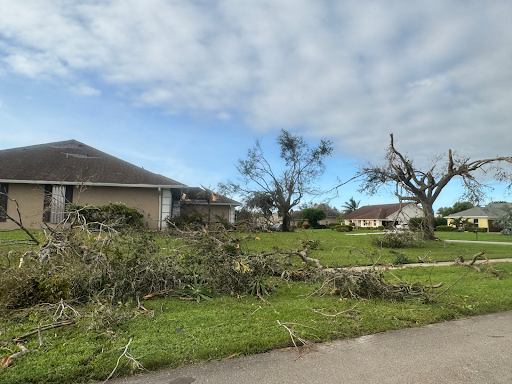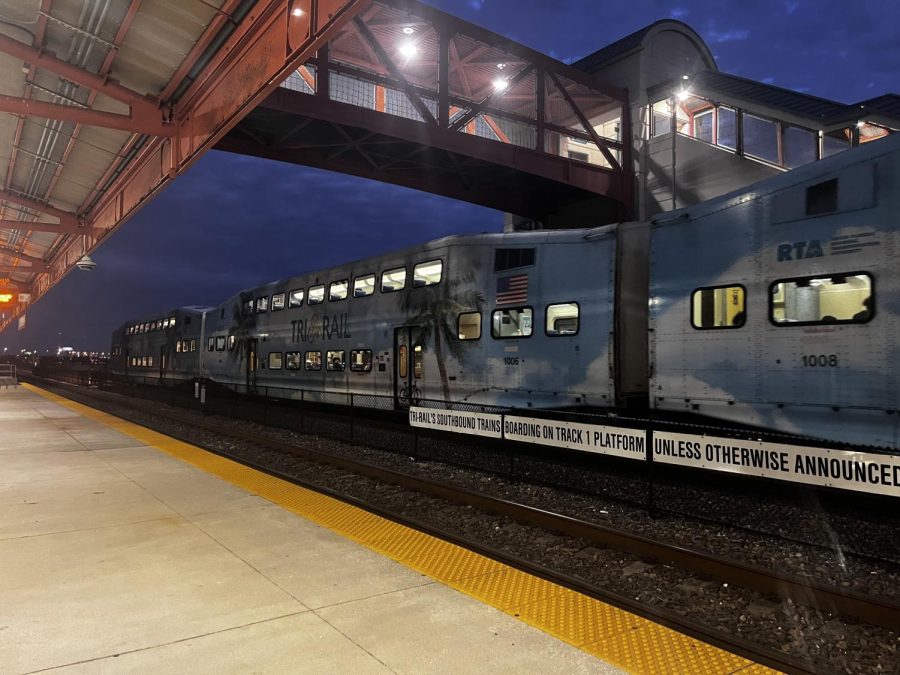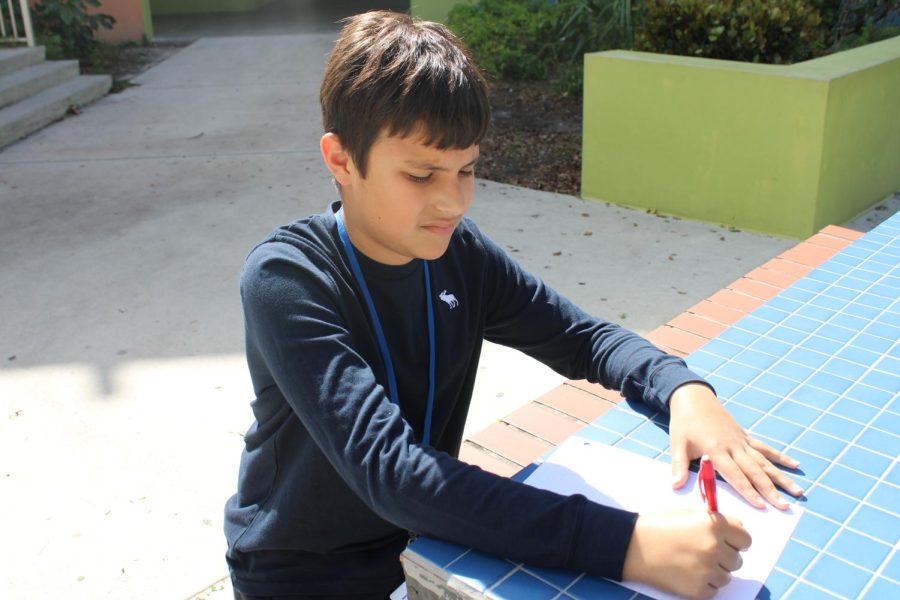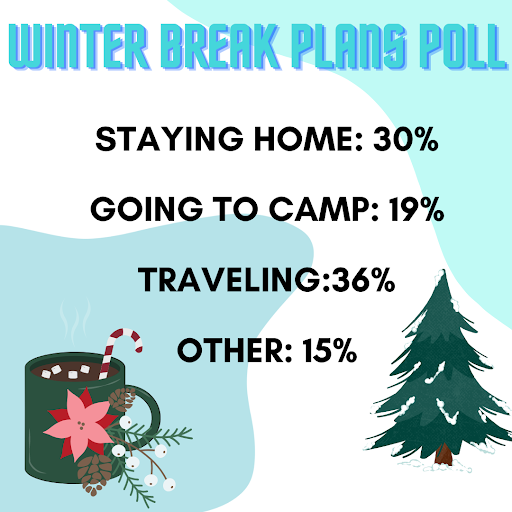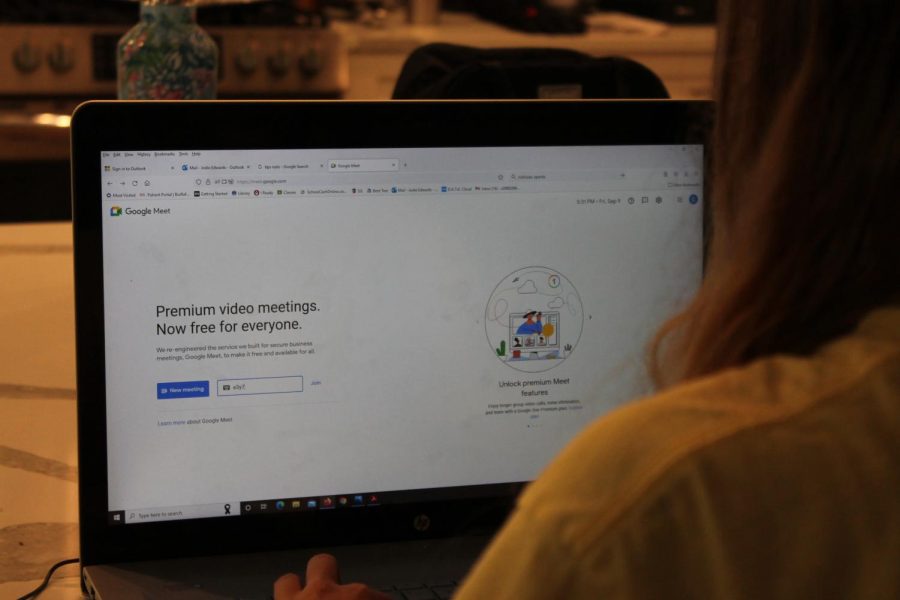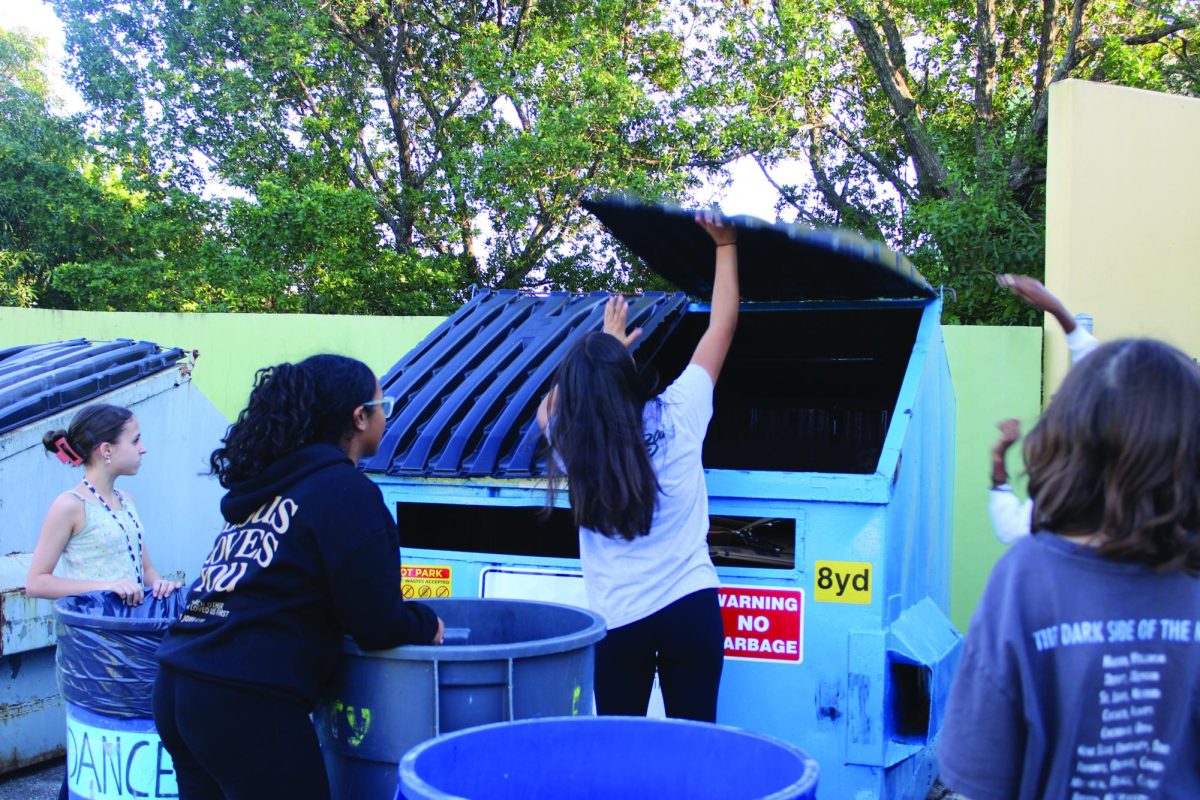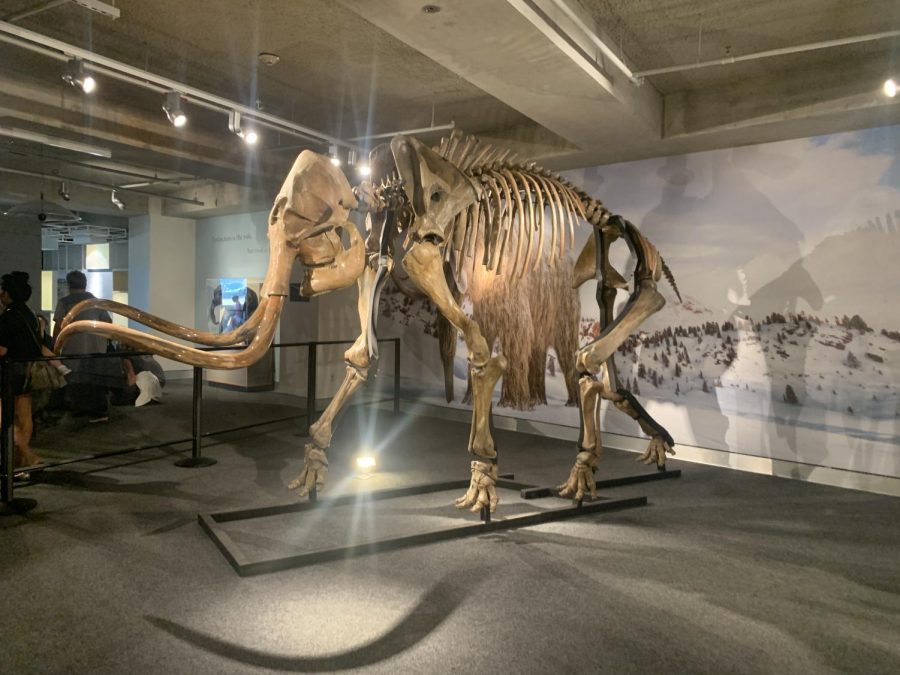Streets lay in ruins, with uprooted trees strewn about and cars overturned. The 2024 Atlantic hurricane season wrapped up on November 30th, marking one of the deadliest seasons in the past two decades, as reported by NPR.
This season witnessed 11 hurricanes, eight of which made landfall and wreaked havoc across Florida, leaving a trail of destruction in their wake.
The season started with a few storms throughout the state from the Central American gyre. Although they caused major flooding, the storms never officially got a name.
The first two hurricanes of the year were Hurricane Beryl and Hurricane Debby. Hurricane Beryl was a high Category Four storm when it made landfall and eventually became a Category Five storm before it started to disappear. Beryl was estimated to have caused around 32 billion dollars in damage and economic loss, while Debby made less damage in Florida but still caused at least 28 billion dollars, according to DC Velocity.
After Hurricane Debby left Florida, there were no severe storms for almost a month. Then, on September 26th this year, Hurricane Helene hit Florida as a Category four storm. Helene was considered one of the worst storms of the season and caused damage through six states. Since one of the areas that were covered was near Palm Beach County, public schools had the day of impact off.
“I felt a little happy yet scared because of the hurricane when I heard that we would be taking time off from school because of it,” said seventh-grade communications major Aisha Aulakh.
State roads were crammed as people tried to evacuate before the hurricane landed. A few car accidents were reported on the highway as Helene landed in Taylor County, according to AP news.
Hurricane Helene was reported to have landed with gusts of 140 miles per hour. Helene increased from a category two to a category four hurricane in less than 10 hours, according to Britannica. The hurricane caused historic flooding throughout its areas of impact that killed more than 230 people.
Hurricane Helene left more than 200 billion dollars in damage to Florida and the states surrounding it wrote science.org. Helene destroyed homes, roads, bridges, and much more throughout Florida, Georgia, North Carolina, South Carolina, Virginia, and Tennessee.
Less than two weeks later, Hurricane Milton arrived in Florida on October 9th as a category three hurricane, according to Convoy of Hope. It later increased to a category five storm, and students in Palm Beach County were given an extra three days off from school around that time.
“Our neighbor’s house was hit by a tornado, and someone’s car was flipped over…Our power line broke and there was no electricity for a while.” said sixth-grade visual major Kaliana Aguilera.
Milton spawned at least 41 tornadoes, with the strongest tornado being an EF3. This caused damage to homes throughout the southeastern part of America. It was reported to have killed at least 16 people, wrote BBC. There were reportedly 130 tornado warnings issued during that time.
“A few trees fell down in my friend’s community, and one of them hit a car. There was another house that had its whole roof blown off,” said Aulakh.
Many of the tornadoes wandered far away from the actual hurricane and impacted areas that were not expected to have been affected. Communities in Wellington and Jupiter Farms were severely damaged, while Hurricane Milton was still wreaking havoc in Tampa.
With the extreme amount of tornadoes also came severe flash flooding and winds. At least 150 homes were destroyed as a result of Hurricane Milton.
“My friend’s house got hit by a tornado in Wellington and her whole house got destroyed. There was almost no roof at all after the storm left” said Aulakh.
About a month after Milton ended, Tropical Storm Sara formed in the middle of November. It caused severe flooding in northern Central America. Although Sara only caused a few inches of rain in Florida, it hit countries like Honduras and Nicaragua hard and caused 4 deaths.
“[Our community is] still recovering from the damage from the tornado,” said Aguilera. “Nobody expected it, and we’re still trying to fix the damage.”
Tropical Storm Sara later weakened into a tropical rainstorm and eventually started to disappear as it moved across the Gulf of Mexico. It reached the Florida Panhandle barely two weeks before the Atlantic Hurricane Season ended in 2024.



